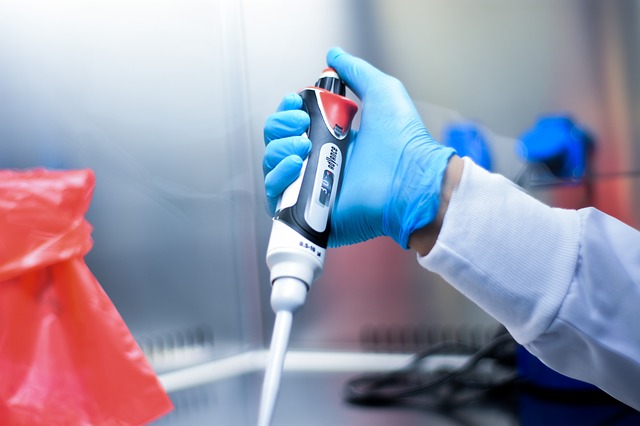Microwave-Assisted Organic Acids Extraction of Chromated Copper Arsenate (CCA)-Treated Southern Pine

The extraction effects of acid concentration, reaction time and temperature in a microwave reactor on recovery of CCA-treated wood were evaluated. Extraction of copper, chromium, and arsenic metals from chromated copper arsenate (CCA)-treated southern pine wood samples with two different organic acids (i.e., acetic acid and oxalic acid) was investigated using a microwave reactor. Oxalic acid was effective in removing 100% of the chromium and arsenic at 160ºC and 30 min. reaction time. Acetic acid could remove 98% of the copper and arsenic at the same condition. Oxalic acid significantly improved the extraction efficiency of arsenic and chromium when time was prolonged from 10min. to 30min. The HSAB (Pearson acid base concept) concept was applied to explain why oxalic acid removed more chromium and less copper compared with acetic acid. Acetic acid also showed an improved ability to remove arsenic and copper when the reaction temperature was increased from 90ºC to 160ºC. Keyword: CCA, recovery, microwave, extraction, HSAB 1. INTRODUCTION Chromated copper arsenate (CCA) was the most commonly used waterborne wood preservative in the world until its removal from the U.S. residential market on December 31, 2003. However, large volumes of CCA-treated wood remain in service and according large amounts will continue to be decommissioned in coming years. Traditionally, CCA-treated wood has been primarily disposed in construction and demolition (C&D) debris landfills, with municipal solid waste (MSW) landfills as alternative disposal options. It is estimated that about 3 to 12 million tons of spent preserved wood will be removed from service in the United States and Canada in the next 20 years (Kazi and Cooper, 2006) Disposal of the spent CCA-treated wood has become an important concern because of its residual heavy metal content, in particular the arsenic and chromium. Traditional waste disposal options for spent preserved wood, such as burning and landfilling, are becoming more costly or even impractical because of increasingly strict regulatory requirements (Townsend et al., 2004). The burning of treated wood can be extremely dangerous and even more so when the wood has been treated with CCA. Studies have shown that burning of preservative –treated wood waste emits highly toxic smoke and fumes in the environment (Solo-Gabriele, 2002). In the case of landfills, studies have shown that CCA compounds can be gradually leached out (Townsend, 2005; Moghaddam, 2008). There is an imperative need for developing techniques to recycle CCA-treated out of service wood. Several chemical methods have been proposed to extract the metals from CCA-treated wood. Solvent extraction will dissolve the preservatives and partially remove them from the wood. The used of acid extraction to remove CCA components from wood has been extensively studied (Kartal and Clausen, 2001; Son et al., 2003; Clausen, 2003; Clausen, 2004; Gezer, 2006; Kakitani 2006; Kakitani 2007). One of the advantages for acid extraction is its potential ability to reverse the CCA fixation process, thereby converting CCA elements into their water-soluble form (Kartal and Clausen, 2001). However, a disadvantage of this recycling method is the huge amount of chemical solvents used and the long duration of the process. The prevailing treatment times reported ranged from 16 hours for sawdust (Clausen and Smith, 1998) to 24 hours for chips (Kartal and Clausen, 2001), which are considered to be major factors hindering commercial development. Therefore, to develop an economically viable industrial process, the focus of our study was on treatment time and acid concentration. Thus, the time saving potential of microwave heating led us to its application with acid extraction. The specific objectives of this study were to: (1) develop a new CCA recovery system based on the application of the microwave energy, and (2) optimize reaction time, temperature, and acid concentration for the process
To read more please visit our publication: Microwave-Assisted Organic Acids Extraction of Chromated Copper Arsenate (CCA)-Treated Southern Pine
Meet the Author
Dr. Todd Shupe is the President of Wood Science Consulting, LLC. He is a well-recognized expert on wood forensics, wood preservation, wood decay and degradation, and wood species identification. He has a broad background in new product development, quality management, and marketing and sales in both the public and private sectors. For more information please visit DrToddShupe.com.
We welcome your comments below.
Thank you for visiting. We trust that you have enjoyed reading our articles.
Liked this post? Read more below or search for more topics . . .

